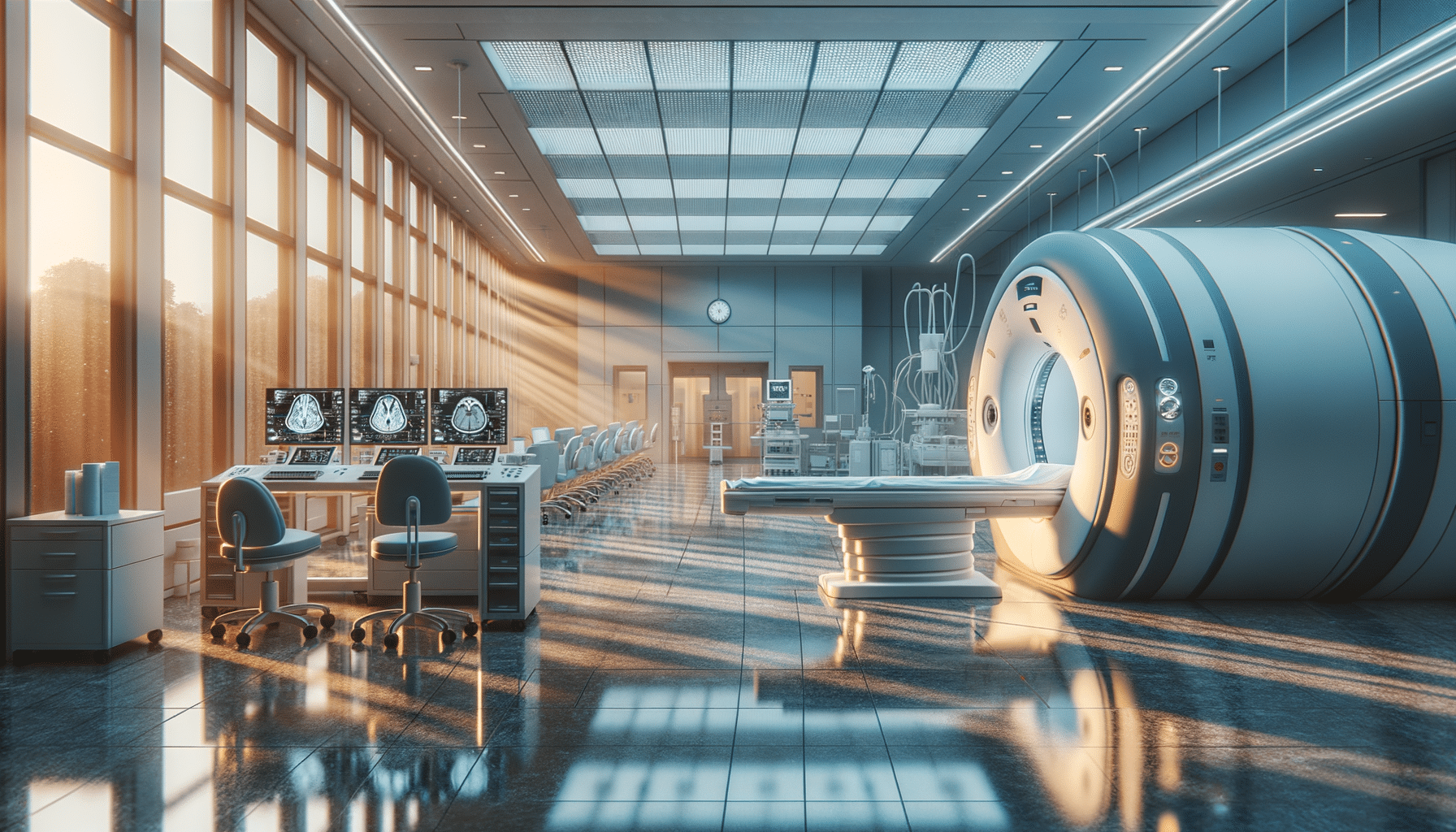
Don’t let back pain stress you out! Learn how to live healthy!
Understanding Back Pain: A Common Ailment
Back pain is a prevalent issue that affects millions of people worldwide. It can range from a dull, constant ache to a sudden, sharp pain. Understanding the causes of back pain is crucial in addressing it effectively. Common causes include muscle or ligament strain, bulging or ruptured discs, arthritis, osteoporosis, and poor posture. Each of these conditions can lead to discomfort and limit mobility, affecting daily activities and overall quality of life.
Statistics reveal that approximately 80% of people will experience back pain at some point in their lives. This highlights the importance of recognizing the symptoms and seeking appropriate treatment. Symptoms may include muscle aches, shooting or stabbing pain, pain that radiates down the leg, and limited flexibility or range of motion. Identifying these symptoms early can lead to more effective management and relief.
Back pain can be classified into acute and chronic pain. Acute back pain is short-term and usually resolves within a few weeks, while chronic back pain persists for more than three months. Understanding the type of pain is essential for determining the appropriate treatment plan. Engaging with healthcare professionals for a proper diagnosis and treatment plan is recommended to manage back pain effectively.
Conventional Treatments: Finding Relief
When it comes to treating back pain, conventional methods are often the first line of defense. These treatments aim to alleviate pain and improve function. Common treatments include:
- Medication: Over-the-counter pain relievers such as ibuprofen and acetaminophen can help reduce inflammation and alleviate pain. In some cases, doctors may prescribe stronger medications, including muscle relaxants or narcotics, for more severe pain.
- Physical Therapy: A physical therapist can design a personalized exercise program to strengthen the muscles supporting the back, improve posture, and increase flexibility. Regular sessions can lead to significant improvements in pain management and mobility.
- Injections: Corticosteroid injections can be administered directly into the affected area to reduce inflammation and provide temporary relief from pain.
These conventional treatments are often effective for many individuals, but they may not be suitable for everyone. It’s essential to consult with a healthcare provider to determine the best course of action based on individual needs and medical history.
Alternative Therapies: Exploring Holistic Approaches
For those seeking a more holistic approach to back pain treatment, alternative therapies offer promising options. These methods focus on treating the whole person rather than just the symptoms, promoting overall well-being. Some popular alternative therapies include:
- Chiropractic Care: Chiropractors use hands-on spinal manipulation and other techniques to align the body’s musculoskeletal structure. This alignment can help the body heal itself without surgery or medication.
- Acupuncture: An ancient Chinese practice that involves inserting thin needles into specific points on the body. It’s believed to stimulate nerves, muscles, and connective tissue, enhancing the body’s natural painkillers.
- Massage Therapy: Regular massages can help reduce muscle tension, improve circulation, and promote relaxation, all of which can alleviate back pain.
Many individuals find relief through these alternative therapies, and they can be used in conjunction with conventional treatments for a comprehensive approach to pain management. Always consult with a healthcare provider before starting any new treatment.
Lifestyle Changes: Preventing Back Pain
Prevention is often the best cure, and making lifestyle changes can significantly reduce the risk of developing back pain. Here are some practical tips:
- Exercise Regularly: Engaging in regular physical activity strengthens the muscles that support the back, improving flexibility and reducing the risk of injury.
- Maintain a Healthy Weight: Excess weight can strain the back, so maintaining a healthy weight through a balanced diet and exercise is crucial.
- Practice Good Posture: Whether sitting, standing, or sleeping, maintaining proper posture helps prevent unnecessary strain on the back.
- Lift Properly: When lifting heavy objects, use the legs rather than the back to avoid injury.
Incorporating these habits into daily life can help prevent back pain and improve overall health. It’s never too late to make positive changes that benefit the body and mind.
When to Seek Medical Attention
While many cases of back pain can be managed with home remedies and lifestyle changes, there are times when medical attention is necessary. It’s crucial to know when to see a doctor for back pain:
- Severe or Persistent Pain: If the pain is intense or lasts for more than a few weeks, it’s essential to seek medical advice.
- Numbness or Tingling: Experiencing numbness, tingling, or weakness in the arms or legs could indicate a more serious condition, such as a herniated disc or spinal stenosis.
- Unexplained Weight Loss: If back pain is accompanied by unexplained weight loss, it could be a sign of an underlying medical issue.
- Fever: A fever along with back pain may indicate an infection that requires medical attention.
Prompt medical evaluation can lead to an accurate diagnosis and effective treatment plan, preventing further complications and ensuring a quicker recovery.


